If you suffer from allergies but really want a furry companion, you are likely on the search for a hypoallergenic dog.
In this article we’ll discuss what a hypoallergenic dog is, and if Dachshund dogs fit into that category.
What Does Hypoallergenic Mean?
Something that is hypoallergenic is designed to reduce or minimize the possibility of an allergic response, as by containing relatively few or no potentially irritating substances.
If you’re on the lookout for a “hypoallergenic dog,” this means that you’re interested in a breed that won’t cause your allergies to flare up or will only cause tolerable allergy symptoms.
What Causes an Allergic Reaction to a Dog?
When someone is allergic to a dog, it typically means they are allergic to the pet’s dander.
Dander consists of tiny flecks of skin, which are sometimes microscopic, shed by dogs and other household animals.
Dogs who don’t shed are known to be “hypoallergenic” because dander most often comes off a dog when they lose their hair.
A person can also be allergic to a dog’s saliva, although it’s much less common.
There are various ways a person can be allergic to Dachshunds.
Some people may break out into hives or a rash when licked by a dog, or if they come in contact with a pup’s drool.
It’s important to note that while dog breeds considered hypoallergenic don’t shed much, or produce little pet dander, all dogs produce at least a small amount of dander. It’s inevitable.
Are Dachshunds Considered a Hypoallergenic Dog Breed?
Dachshunds are not considered to be a hypoallergenic breed.
According to the AKC, they are moderate shedders. However, because of their small to medium size, a Dachshund inherently wouldn’t produce as much dander as a large dog would.
Dachshunds come in three coat varieties – smooth (short), long, and wire haired. There is some debate as to which one sheds more.
Dachshunds with smooth, short coats may appear to shed more than their counterparts even if they don’t.
The likely reason for this is that short hairs don’t stick together (generally stay individual hairs) and embed themselves in clothing and fabrics.
On the other hand, a long haired Dachshund’s fur is more likely to clump together and sit on the surface of things, which means there may be less of it just floating around in the air.
That also means it’s easier to pick off of things like bedding and furniture.
Dachshunds are not hypoallergenic and shed in various ways depending on their coat.
A wire haired Dachshund has a double coat – regular hair with a thick, dense undercoat – which, technically, gives them more hair to shed.
However, the undercoat may help hold the longer, coarser hairs in and it may clump like longer hair when it falls out.
Also, the undercoat must manually be stripped out twice a year implying that it doesn’t do a good job of falling out on its own.
Is a Dachshund Mix Hypoallergenic?
The information we’ve shared thus far applies to purebred Dachshunds.
If you adopt a Dachshund from a shelter, which I wholeheartedly support, your dog is likely to be a mixed breed of some sort.
If you want to be sure the Dachshund you are about to adopt is a purebred, adopt from a purebred rescue who is very familiar with the breed (because they should be able to identify if it is mixed with something else).
Whether a mixed breed will set off your allergies or not can’t be determined with certainty. A Dachshund mix may shed more or less than a purebred.
One dog breed mix that many people think will shed less than a purebred Dachshund is a Dachshund-poodle mix, which is more commonly known as a Doxiepoo.
The reason for this assumption is that Poodles are known to a hypoallergenic dog breed.
However, it is absolutely not a guarantee that a Dachshund-poodle mix will shed less, and be more hypoallergenic, than a purebred Dachshund.
With mixed breeds, you can’t predict whether a dog will have more traits of one of the contributing breeds than the other.
Contrary to popular belief, the Doxiepoo – a designer dog breed – cannot be guaranteed to shed less than a purebred Dachshund.
In other words, buying or adopting a Dachshund mixed with a hypoallergenic dog breed will not guarantee that the dog will cause less of an allergic reaction than a purebred Doxie.
In addition to no guarantee that they will be hypoallergenic, a purposely-created mixed breed dog (often referred to as designer breeds) can have a slew of unknown health issues.
There are two main reasons for this: the combination of different genes can “conflict” with each other and a mix breed may be susceptible to the hereditary diseases common in both breeds (potentially doubling the risk for health issues).
How to Minimize Your Allergic Reaction to Your Dachshund
If you have your heart set on a Dachshund but you are allergic to dogs, all hope is not lost. Often, allergic reactions to pets can be managed or minimized using these tips:
- Don’t let your dog rub against your face or touch your face right after petting your dog (wash your hands first).
- Don’t allow your dog to sleep on your pillow, or in your bed at all if you have severe allergies.
- Use an air purifier that removes pet dander and other allergens (depending on the size of the unit and the size of your space, you may need to place a couple around the house),
- Vacuum often with a unit
especially made for cleaning up after pets. They are designed to remove the fine pet hair and dander. - Clean and dust your home consistently.
- Brush your dog regularly.
Just because a particular dog breed isn’t hypoallergenic doesn’t mean they can’t share a home with a person who is allergic to dogs. There are things you can do to manage the amount of dog hair and dander around the house.
- Give your dog frequent baths. Use gentle shampoo as to not dry their skin too much if doing it, especially if you are doing it more than once a month. Normal washing should be fine but it may further help to use a dog shampoo specifically designed to reduce pet dander.
- Feed your dog a good quality food. What that means varies for each dog but a dog eating a less nutritious diet tends to lose more hair. If it’s not in the food, adding omega oils to food can help keep hair and skin healthy.
- Consider speaking to your doctor or an allergist. They may be able to give you a daily medication that can reduce your sensitivity to allergens. There is also an allergy shot that can help “cure” you of your allergy, and we suggest speaking to your doctor for more specific information.
Dachshunds and Allergies – The Bottom Line
The Dachshund is not a hypoallergenic dog breed.
If you’re highly allergic, it’s best you choose a dog breed that is considered to be non-allergy causing.
However, if you really want a Dachshund, it is quite possible you can live comfortably with one if you take precautions.

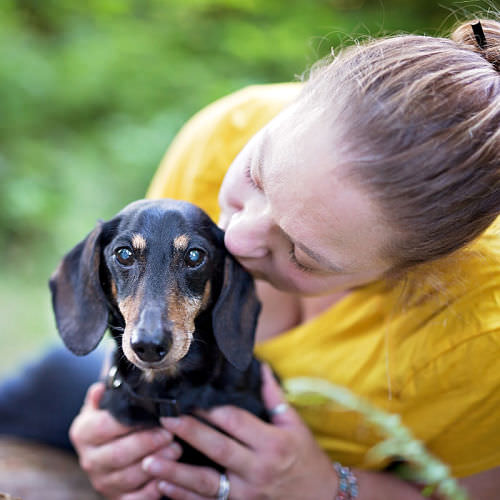
About the Author: Through her 17 years of owning and caring for Dachshunds, and almost 10 years researching and writing about them, JW has become a respected expert in the Dachshund community. Read more about her here.


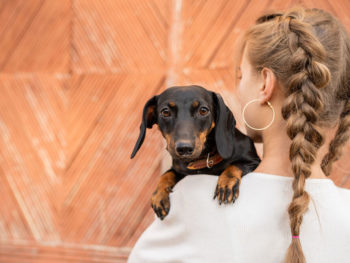
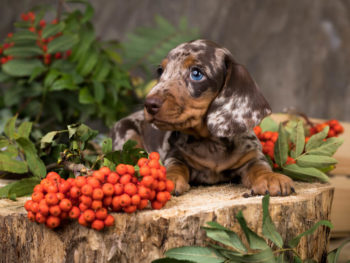
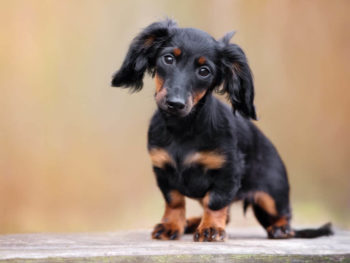
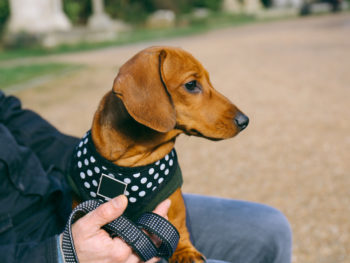
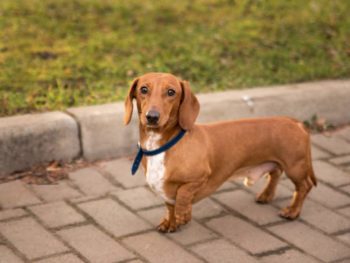



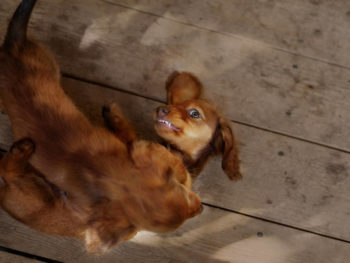
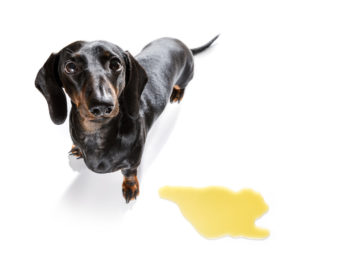
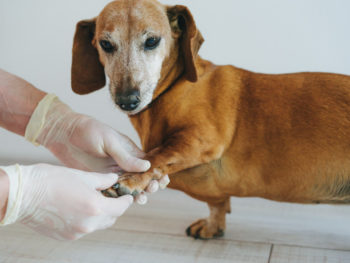
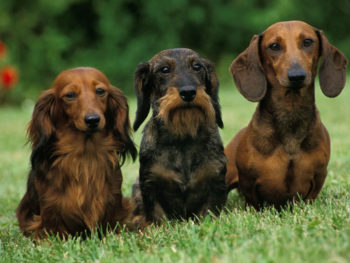
 9 Ways to Help Stop Your Dachshund from Scarfing Their Food
9 Ways to Help Stop Your Dachshund from Scarfing Their Food


